AGRICURB News and Blog
AGRICURB News and Blog
New charring papers in the press!
Posted on
Two complementary papers on the effect of charring and burial on stable carbon and nitrogen isotope values and biochemical components of cereal grains are now available online from Journal of Archaeological Science.
Styring, A., Manning, H., Fraser, R., Wallace, M., Jones, G., Charles, M., Heaton, T., Bogaard, A. and Evershed, R., The effect of charring and burial on the biochemical composition of cereal grains: Investigating the integrity of archaeological plant material. Journal of Archaeological Science, In Press
Fraser, R., Bogaard, A., Charles, M., Styring, A., Wallace, M., Jones, G., Ditchfield, P. and Heaton, T. , Assessing natural variation and the effects of charring, burial and pre-treatment on the stable carbon and nitrogen isotope values of archaeobotanical cereal and pulse remains. Journal of Archaeological Science, In Press
Provence fieldwork begins
Posted on
Three members of the AGRICURB team will be conducting fieldwork at the end of June/July in the Haute Provence region of France. Working in cooperation with local organic farmers, we will be conducting a survey of arable weed flora in organic cereal and pulse fields while also taking samples for stable isotope analysis.
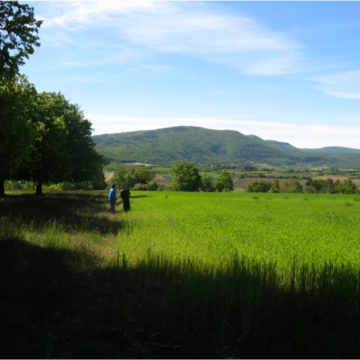
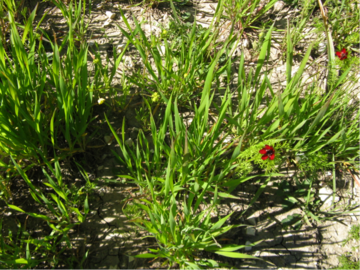
ScienceNOW Blog features PNAS paper on European Neolithic use of manure
Posted on
The recent PNAS publication by Amy Bogaard and colleagues (“Crop manuring and intensive land management by Europe’s first farmers”) has been featured in a post on Science magazine’s ScienceNOW blog, which can be found here.
PNAS paper available in Early View
Posted on
“Crop manuring and intensive land management by Europe’s first farmers” (by Amy Bogaard, Rebecca Fraser, Tim H. E. Heaton, Michael Wallace, Petra Vaiglova, Michael Charles, Glynis Jones, Richard P. Evershed, Amy K. Styring, Niels H. Andersen, Rose-Marie Arbogast, László Bartosiewicz, Armelle Gardeisen, Marie Kanstrup, Ursula Maier, Elena Marinova, Lazar Ninov, Marguerita Schäfer, and Elisabeth Stephan) is now available in Early View from PNAS.
Abstract:
The spread of farming from western Asia to Europe had profound long-term social and ecological impacts, but identification of the specific nature of Neolithic land management practices and the dietary contribution of early crops has been problematic. Here, we present previously undescribed stable isotope determinations of charred cereals and pulses from 13 Neolithic sites across Europe (dating ca. 5900–2400 cal B.C.), which show that early farmers used livestock manure and water management to enhance crop yields. Intensive manuring inextricably linked plant cultivation and animal herding and contributed to the remarkable resilience of these combined practices across diverse climatic zones. Critically, our findings suggest that commonly applied paleodietary interpretations of human and herbivore δ15N values have systematically underestimated the contribution of crop-derived protein to early farmer diets.
There is more information available from the School of Archaeology News page at the University of Oxford.
BBC coverage of PNAS paper “Neolithic farmers used manure on crops”
Posted on
The BBC has an excellent summary of the latest PNAS paper to be published as part of this project, including an interview given by Amy Bogaard, which can be found here.
Provence weed functional ecology survey and isotope sampling concluded
Posted on
A twelve-person AGRICURB team completed a trip to the south of France in early July 2013 to conduct a weed survey and take crop samples for isotopic analysis. The team, led by Amy Bogaard, visited nearly 60 fields of organically-grown einkorn, barley, wheat and lentils in the region of Vaucluse and the Lubéron National Park. In cooperation with local farmers, the team documented the traditional agricultural methods being used and surveyed the weed species found along a transect within each field. Species were identified by John Hodgson and Glynis Jones, assisted by Charlotte Diffey, Laura Green and Hyunyoung Kim, and specimens were collected to make functional attribute measurements back in the UK. This will allow the team to link the crop growing conditions of fields in Provence to the types of weed present, ultimately allowing us to recognize very extensively maintained growing conditions based on the functional characteristics of weeds that are identified in the archaeological record. At the same time, Amy Styring and Erika Nitsch took samples of crops, hedgerow plants and water for carbon, nitrogen and strontium isotope analysis in order to understand how within-field variability might affect interpretations of isotopic measurements of archaeobotanical crops. The mapping and spatial design of the entire survey was coordinated by John Pouncett.
Weed survey and isotope sampling in Morocco
Posted on
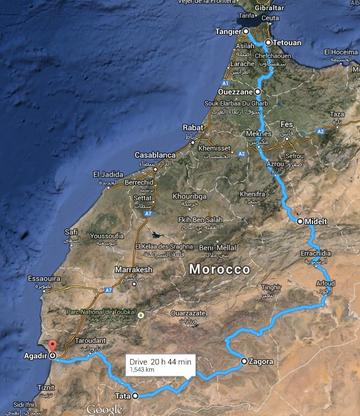
In March, the AGRICURB team carried out fieldwork in Morocco, accompanied by colleagues Professor Mohammed Ater and Dr Younes Hmimsa from the Université Abdelmalek Essaâdi, Tétouan. The team spent 10 days travelling through Morocco and conducting weed and crop isotope surveys of organic cereal fields managed under different agronomic regimes, from highly intensive oasis ‘gardens’ to extensively managed fields. The Moroccan fieldwork offers us a range of agronomic regimes across a contrasting set of climatic conditions, from the mediterranean north to the extreme aridity of the ‘portes du désert’ in the south. This range of agronomic practices under semi-arid to arid conditions is directly relevant to our archaeological sites in the Aegean, such as Knossos, and in south-west Asia, such as Tell Brak.
The first stop was the Rif region in the north of Morocco, where we assessed the potential for a return trip in late May when the crops are ripe (more about this soon…). This was followed by a drive through the High Atlas region, with stops en-route to see intensive high-altitude alluvial cereal farming, watered by the spring snow melt, and down towards Tata, where opportunistic floodplain cultivation is practiced on the rare occasions that rain falls in this otherwise desert-like landscape.
The final goal was to visit oases in the south of Morocco, around Tata and further to the west, where the permanent groundwater supply allows intensive cereal farming in the shade of date palms. These permanently irrigated, intensively manured and hand-worked fields contrast with rain-fed, extensively managed terrace agriculture practiced on the southern slopes of the Anti-Atlas Mountains nearby. In all of these regions, ecological analysis of the weed surveys combined with stable carbon and nitrogen isotope analysis of crop samples collected here will enable us to assess the impact of varying agronomic practices under (semi-)arid conditions, and improve our ability to recognize such cultivation practices in the archaeological record.
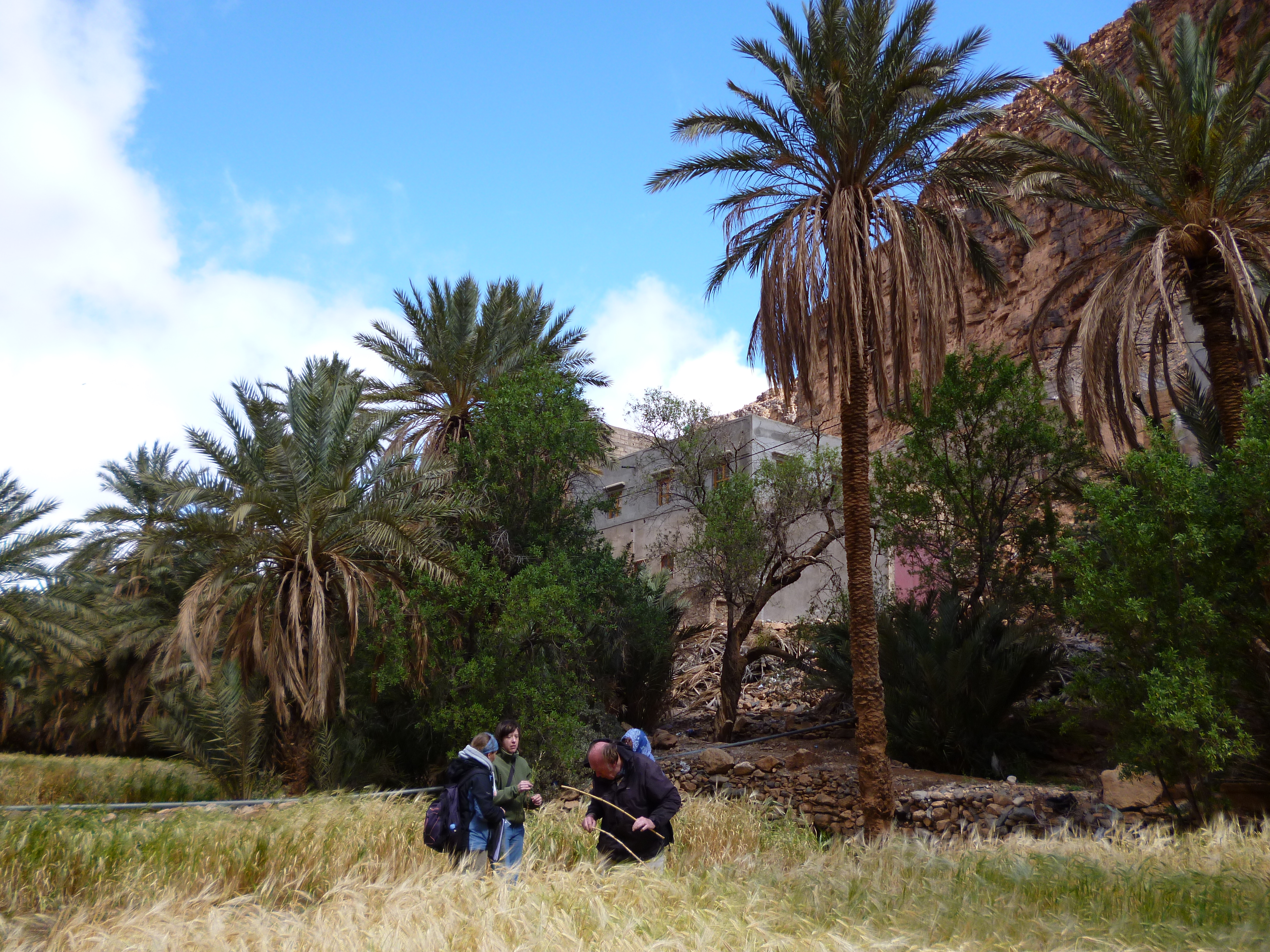
Weed survey in the oasis
Weed survey and isotope sampling in the Rif Region, Morocco
Posted on
In May, the AGRICURB team returned to the north of Morocco to continue weed survey and isotope sampling of modern crop fields. We were based at Bellota, an agroecology centre 30km from Chefchaouen in the Rif region of Morocco. The centre promotes a sustainable and holistic approach to agriculture, offering training courses to local farmers to help them improve the fertility of their soil, without the use of chemical fertilisers.
The trip proved to be particularly interesting because of the prevalence of extensively managed pulse fields – broad bean, bitter vetch, lentil and chickpea. This is the first time that we have carried out weed surveys and isotope sampling on such extensively managed pulse fields (up to 1 hectare in area), which will provide a contrast to the results of previous studies on intensively cultivated garden plots in Evvia, Greece and Asturias, Spain.
For more information about the work at Bellota, here is a video of Salaheddin El Azzouzi describing the project (in French).
https://www.youtube.com/embed/ZHWSYoj2W8E
Agrobiodiversity and archaeobotany – workshop in Morocco
Posted on
An interdisciplinary workshop exploring the agrobiodiversity of traditional agrosystems in Morocco, and their relevance for understanding past farming systems in the region and beyond, was held at Chefchaouen, Morocco, March 24-28, 2015. This was a ‘Research Links’ workshop funded by the British Council and CNRST, and co-organised by Mohammed Ater (Tetouan) and Amy Bogaard (Oxford). Over 30 young researchers from Morocco and the UK participated in the workshop, together with ‘mentors’ Professor Abdelkader Taleb (Rabat), Dr John Hodgson (Oxford/Sheffield) and Dr Daryl Stump (York). The workshop included an excursion to observe a ‘traditional’ olive growing area and an organic demonstration farm (Bellota).
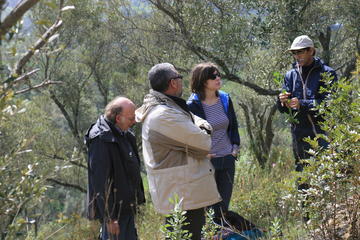
A traditional olive grove
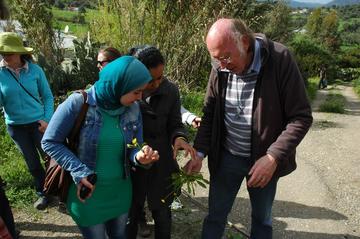
Looking at the functional attributes of weeds
Arable weeds as ‘tools’ for organic farmers: a workshop in Haute Provence, France
Posted on
A one-day workshop on the use of field weeds to monitor ecological conditions was held in Sault (Vaucluse) on March 18, 2015, with the help of the chambre d’agriculture. The meeting brought local farmers together with ecologists, ethnobotanists and archaeobotanists to discuss the interpretation of weed flora using field observations and functional ecology. A key aim was the development of a new weed ecology guide for producers. This work is supported by a NERC Impact Acceleration grant.
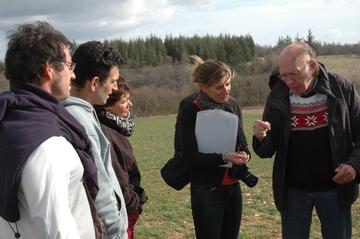
Looking at arable weeds
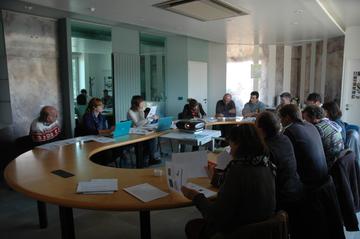
Workshop in Haute Provence
Join AGRICURB at the EAA in Glasgow!
Posted on
Three members of the AGRICURB team will be presenting their latest work at the upcoming European Association of Archaeologists conference in Glasgow.
Amy Bogaard will be talking about modern and ancient crop ‘isoscapes’ in the SA10 session at 8.10am on Friday. She will also be leading a discussion on ‘Understanding diversity of Neolithic houses and households’ in the RI1 session at 5pm on Saturday.
Elizabeth Stroud will be talking about her archaeobotanical and stable isotope results from the Chalcolithic sites of Çamlıbel Tarlası and the West mound of Çatalhöyük in the RI6 session at 9.30am on Friday.
And Amy Styring will be presenting her isotope results of cereal grains from the Late Neolithic lakeshore site of Hornstaad Hörnle IA in southwest Germany in the RI1 session at 4pm on Saturday.
Hope to see you there!
AGRICURB conference, March 2016
Posted on
We are pleased to announce that preparation for the AGRICURB conference on “Agricultural Origins of Urbanization: ‘Intensification’ in Late Prehistoric Western Eurasia and Beyond” is now underway.
Keep an eye out for updates, including links to registration, on our Conference page.
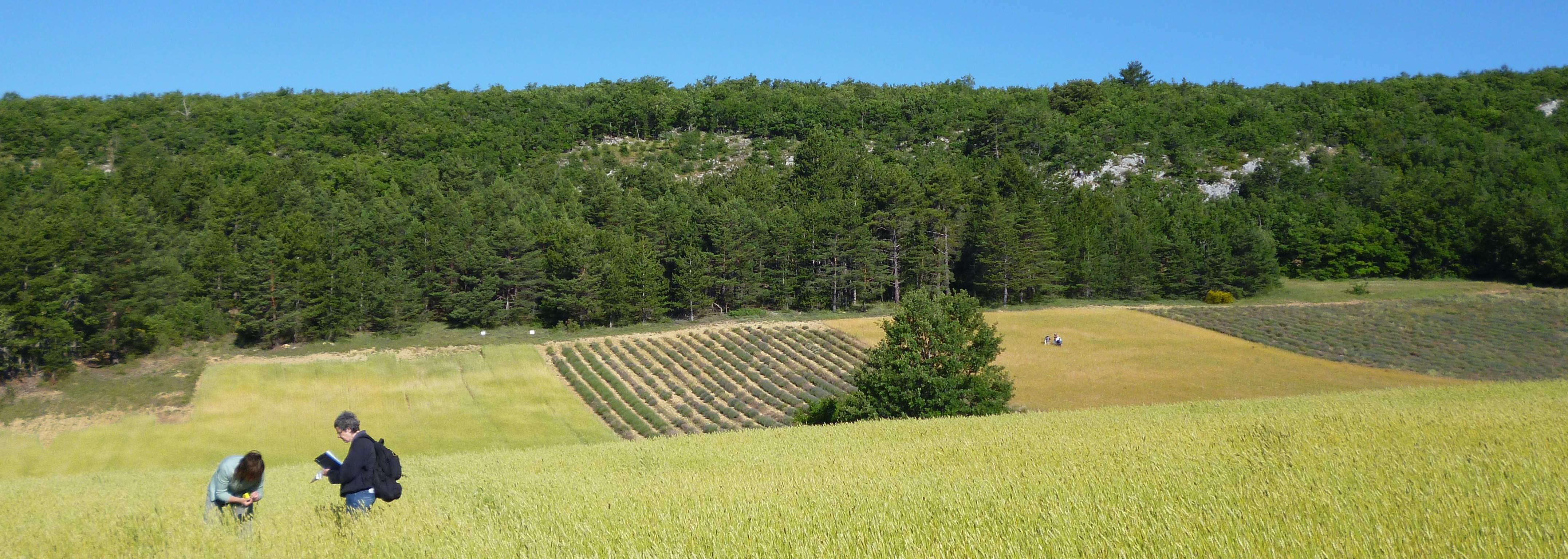
AGRICURB research on prehistoric farming in western Eurasia recognised at the Shanghai Archaeology Forum
Posted on
Amy Bogaard received a research award for recent work investigating the nature of prehistoric farming in western Eurasia (‘From First Farmers to First Cities: New Insights into the Agricultural Origins of Urban Societies in Western Eurasia’) at the Shanghai Archaeology Forum in December, 2015. This collaborative work has developed through two consecutive research projects: ‘Crop stable isotope ratios: new approaches to palaeodietary and agricultural reconstruction’ (NERC NE/E003761/1; co-Investigators Michael Charles, Richard Evershed, Tim Heaton, Glynis Jones) and the ongoing ERC-funded AGRICURB project (‘The Agricultural Origins of Urban Civilization’). Amy Styring, who worked on both projects, presented the research and received the award in Shanghai. For more information about the Second Shanghai Archaeology Forum, see:
http://www.kaogu.cn/en/News/Academic_activities/2015/1214/52376.html
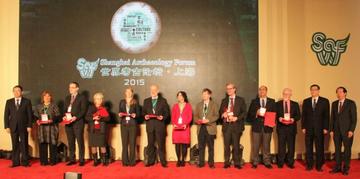
The award ceremony
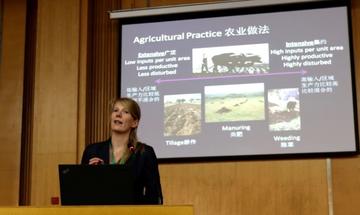
Amy Styring presenting the latest AGRICURB research findings
Join AGRICURB at the 2nd Agriculture and Climate Change conference in Sitges, Spain, March 26-28!
Posted on
Three members of the AGRICURB team will jointly present work on long-term agroecological records and climate change as a new perspective that can inform the design of future agrosystems and food security. Amy Bogaard will present a talk co-authored with Elizabeth Stroud and Amy Styring entitled, ‘Long-term archaeobotanical records of agricultural practice under changing climatic conditions: Case studies from western Asia and Europe’.
Exploring linkages between farming practice and social inequality
Posted on
We are collaborating with Sam Bowles (Santa Fe Institute) and Mattia Fochesato (NYU Abu Dhabi) on quantification of material wealth inequality for the archaeological sites and sequences included in the AGRICURB project. This collaboration grew out of a paper presented at the 2016 SAAs, in a session entitled ‘Inequality from the bottom up’ organized by Tim Kohler and Mike Smith. The session was selected for further development in an intensive Amerind Foundation seminar in September, 2016. We are developing the hypothesis that extensive, land-limited farming sustained higher levels of inequality than intensive, labour-limited systems.
Join AGRICURB on the 13th March for ‘From domestication to Domesday: Celebrating recent archaeological research on early farming funded by the European Research Council’
Posted on
‘From domestication to Domesday: Celebrating recent archaeological research on early farming funded by the European Research Council’
An evening of talks, refreshments and ‘agricultural tours’ through the Pitt Rivers Museum, March 13th, 5-7:30 pm
How did farming emerge in prehistory, and what impact did it have on people, plants, animals and landscapes? Recent research in the School of Archaeology has tackled these questions and revealed new and surprising answers. Our work has ranged from the domestication of the dog by late Pleistocene hunter-gatherers to the establishment of cultivation and herding in diverse settings from the Middle East to western Europe, and the first ‘enclosure movement’ in Britain — the emergence of Bronze Age field systems. Funded by the European Research Council, which celebrates its 10th anniversary in the week of March 13-17, 2017, this research has fresh implications for how we think about farming today and plan for future food security.
Brief informal talks by three ERC project grant holders in the School of Archaeology at Oxford — Greger Larson, Amy Bogaard and Chris Gosden — will be followed by wine, canapes and small group tours through the Museum Court displays, highlighting some of the collection’s lesser known objects and stories relating to farming from all over the world.
Amy Styring moves to Frankfurt as Humboldt Research Fellow
Posted on
Amy Styring is now a Research Fellow of the Alexander von Humboldt Foundation at the Goethe University, Frankfurt, Germany. Her project is entitled: ‘Refining crop isotopic approaches to understanding past farming practice: gaining an archaeological insight into agricultural sustainability in West Africa’. She is using isotope analysis of modern and ancient crops to reconstruct past farming practice in the Sahel region of West Africa. The aim is to gain an understanding of the long-term effects of climatic and environmental change on agricultural sustainability, in a region that today is vulnerable to the repercussions of global warming.
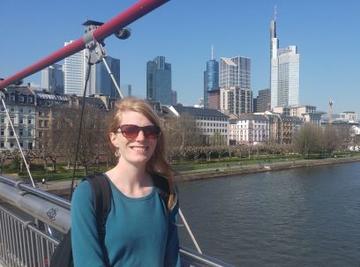
Amy with the Frankfurt skyline in the background




